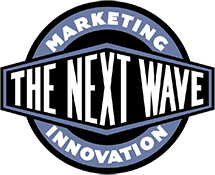When it comes to branding, naming your company after your location isn’t a great idea. We watched a hair salon move four times from it’s original eponymous address 23 Second Street and the local grocery chain, Dorothy Lane Market doesn’t have a single location on Dorothy Lane.
Of course, that’s just in the name, but what about your audience? A local company makes tarps and tents. They’ve been doing it since 1948, and only see two markets, farmers and local tent rental. The only advertising they do is in a farm equipment guide. Are they self-limiting their brand and their sales? Of course. Every roll-off construction dumpster needs a tarp to cover the debris as they haul it to the dump, yet, despite making the same product to cover grain trucks, the demolition and waste hauling markets are ignored.
Sometimes companies get confused about what they really sell. Department stores used to be a convenience, in that all the things you need for your household are in one place. That was great until malls came around and did the same thing, only the specialty shops within the mall often offered more focused service, and a better branding experience. The reason for a department stores existence stopped once every single department was duplicated in the mall- at least to younger shoppers. Sears was the sole exception, having built strong brands in Craftsman, Die Hard and Kenmore, while the rest depended on other peoples brands to carry them.
Amazon is what it is today, because Jeff Bezos specifically didn’t call it Amazon Books, but just Amazon. Don’t limit your brand by making it synonymous with your first product, and don’t think any company only has, or will have just one market, because limiting your vision will limit your ability to grow in the future.
